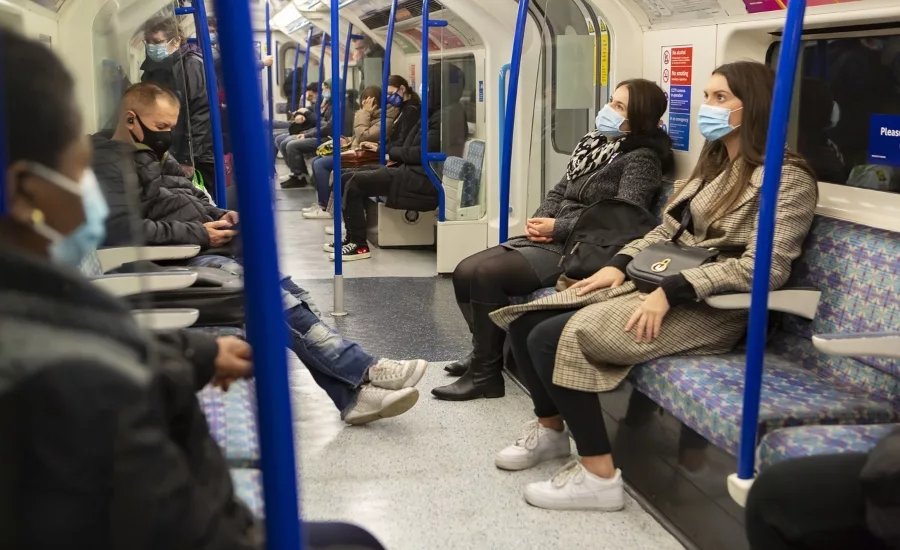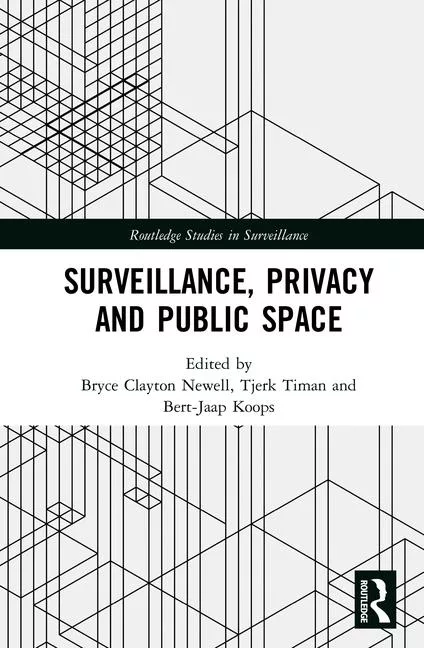New report on Peak Hour Travel on public transportation to aid security planning

The authors of a new study by the Mineta Transportation Institute hope their findings will assist those responsible for security planning around travel on public transport. In their latest Peak Hour Study, Brian Michael Jenkins and Bruce R Butterworth analyzed more than 500 attacks on passenger rail and bus systems in modern developed countries between 1970 and 2020. They found that more than 60% of the attacks occurred in off-peak hours, as opposed to only 19% occurring during peak hours. However, the peak-hour attacks were 4.5 times more lethal. (The timing of the remaining attacks is unknown so they could not make a determination.)
Brian explained, “It seems logical that terrorists seeking to cause maximum disruption or mass casualties would launch their attacks during times of day when passenger traffic is at its height. Right-wing extremists and jihadists are the most lethal attackers, even without considering the five attacks that killed so many, such as Bologna in 1980, Madrid in 2004 and London in 2005. If we include those attacks, peak hours become 34 times more lethal than non-peak hours. However, some attackers - left-wing groups and Basque separatists, for example - have avoided large-scale casualties and have generally carried out their attacks during off-peak hours, often at night to avoid detection. Although the Provisional Wing of the Irish Republican Army (PIRA) was capable of carrying out deadly attacks, PIRA bombings of transportation systems, were aimed primarily at disruption.”
Terrorists time their attacks to occur not only during weekday rush hours, but also during peak travel times associated with holidays and vacation travel. The 1980 bombing of the Bologna train station was the most dramatic example. The bombing occurred on a Saturday at the beginning of the traditional August holiday, when the station was filled with holidaymakers heading for the seashore or the mountains. Eighty people were killed in the attack.
The pattern of attacks on train targets is quite different from that of attacks on bus targets, with far more bus attacks occurring during non-peak hours. However, similar to weekday train attacks, almost all fatalities in weekday bus attacks occur in the peak traffic hours. In contrast to train attacks, attacks on bus targets in the afternoon rush hour are more lethal than those in the morning rush hour. The study found that the United Kingdom has the highest frequency of attacks (19% of the total), followed by Spain (16% of the total), clearly reflecting the terrorist campaigns by the Provisional Wing of the Irish Republican Army (PIRA) and the Basque separatists (ETA).
Most of the attacks in the United States, the third-ranking country (with 11%), were carried out by criminals or mentally unstable attackers rather than terrorists. Bruce said, “Attacks by mentally unstable individuals may have no discernible pattern and in general, the perpetrators are far more likely to be victims than victimi[z]ers. There is a need for far more proactive alerts and treatments for these individuals, rather than punishment.”
Not surprisingly, given the ability to acquire automatic and semi-automatic weapons in the United States, 14 of the attacks were armed assaults, explosives were used in 11 attacks, and 8 involved stabbings, representing more than 60% of all attacks.
Rather than a terrorist wave, the study identifies what appears to be a growing level of anti-social violence carried out with physical force, knives and automatic or semi-automatic weapons on trains and buses and at stations and stops. “This is a disturbing trend that U.S. authorities must contend with while keeping an eye on terrorists,” said Brian.
As for attacks on operating staff and security personnel, they constituted a very small percentage of the total attacks (there were only 19 such attacks), so it was difficult to confidently draw conclusions concerning them. However, the distribution between peak and non-peak hour attacks is similar to that for all attacks: a quarter during peak hours and just over half during non-peak hours. This reflects a common scenario in which adversaries enter a station or depot and then attack a staff member or security official.
Bruce concluded, “We hope that the forensic detail and the way in which we have analy[z]ed and quantified the data associated with attacks on public transport during rush hours, will help anyone involved in ensuring that passengers are safe. “
The full report can be read here: transweb.sjsu.edu/SP0521
Looking for a reprint of this article?
From high-res PDFs to custom plaques, order your copy today!








